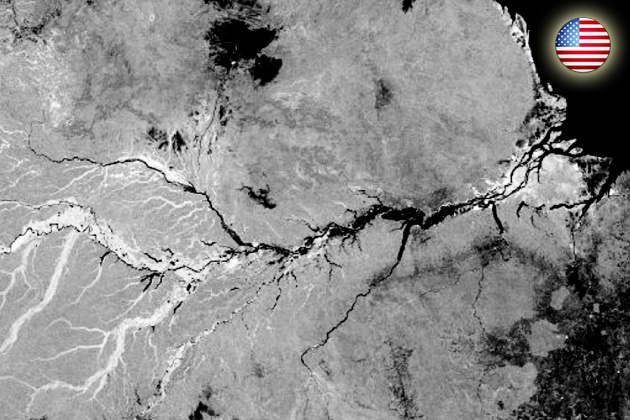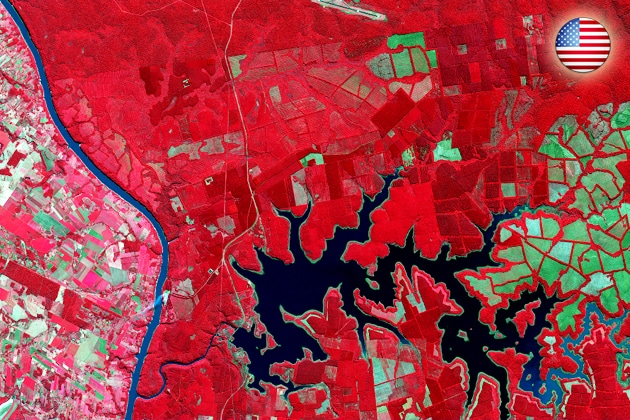This presentation is part of a four-part series on the basics on Synthetic Aperture Radar.
Learning Objectives:
- Understand Sentinel Data
- Perform image preprocessing
- Analyze SAR imagery to classify land and water

Dr. Erika Podest is a scientist with the Carbon Cycle and Ecosystems Group at NASA’s Jet Propulsion Laboratory. Her research focuses on using Earth observing satellites, particularly microwave sensors, for characterizing and monitoring wetland ecosystems and seasonal freeze/thaw dynamics in the northern high latitudes as related to the global carbon and water cycles and climate change. She is working on the Soil Moisture Active Passive (SMAP) mission, a NASA Earth observing satellite that launched on Jan. 31 2015, which is improving our understanding of Earth’s water and carbon cycles and our ability to manage water resources. (Source: NASA ARSET)







Responses